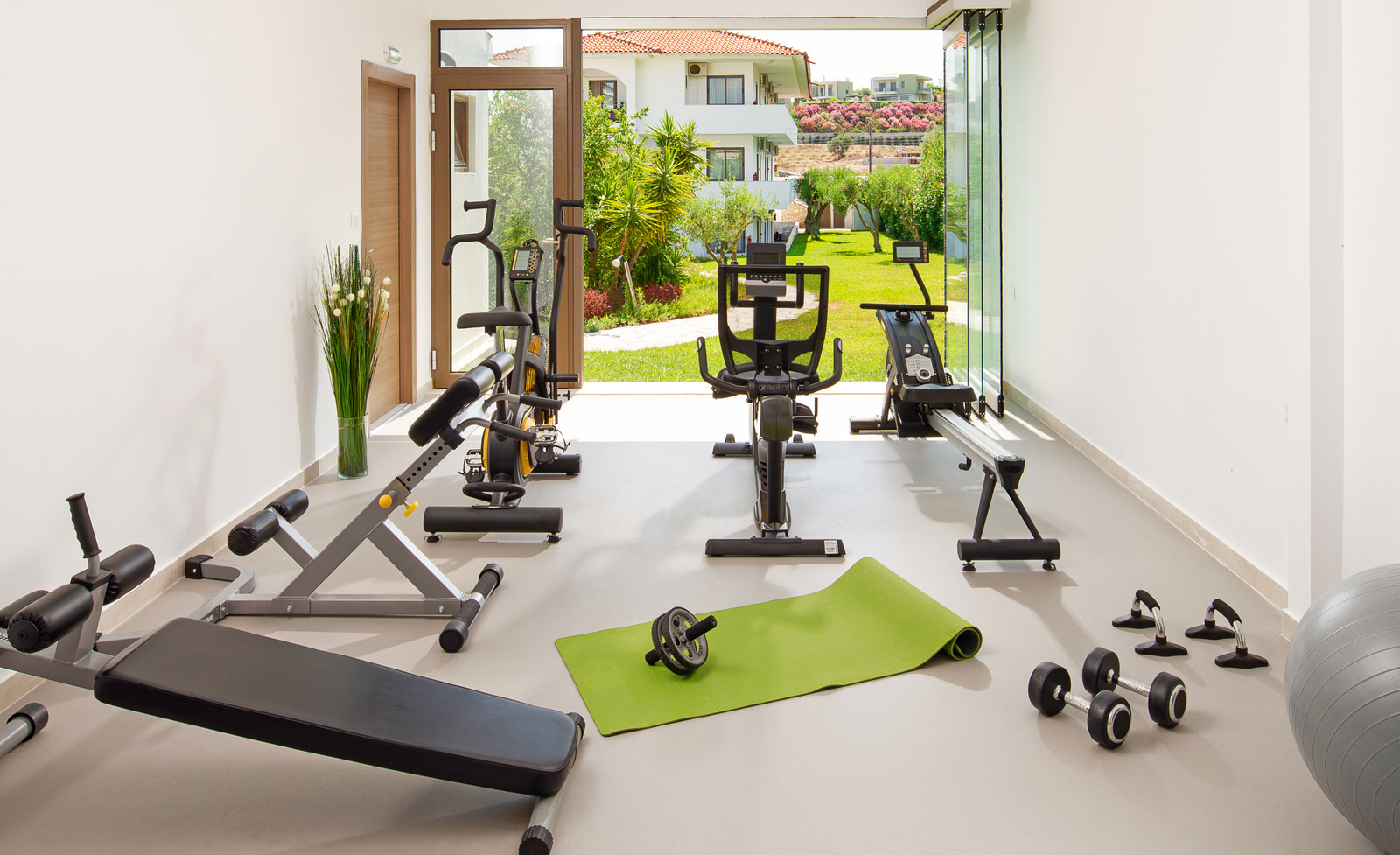In this post, garden room owners and fitness enthusiasts alike will discover the possibilities of transforming their tranquil garden room buildings into a vibrant garden room gym.
The home gym trend has seen a rapid ascent, with more people choosing to work out in the comfort and privacy of their own homes.
From design and functional layout to the aesthetic details that inspire a fitness mindset, the following guide will walk you through the process of creating an at-home garden gym room that energizes and revitalizes.
Why a Garden Gym?
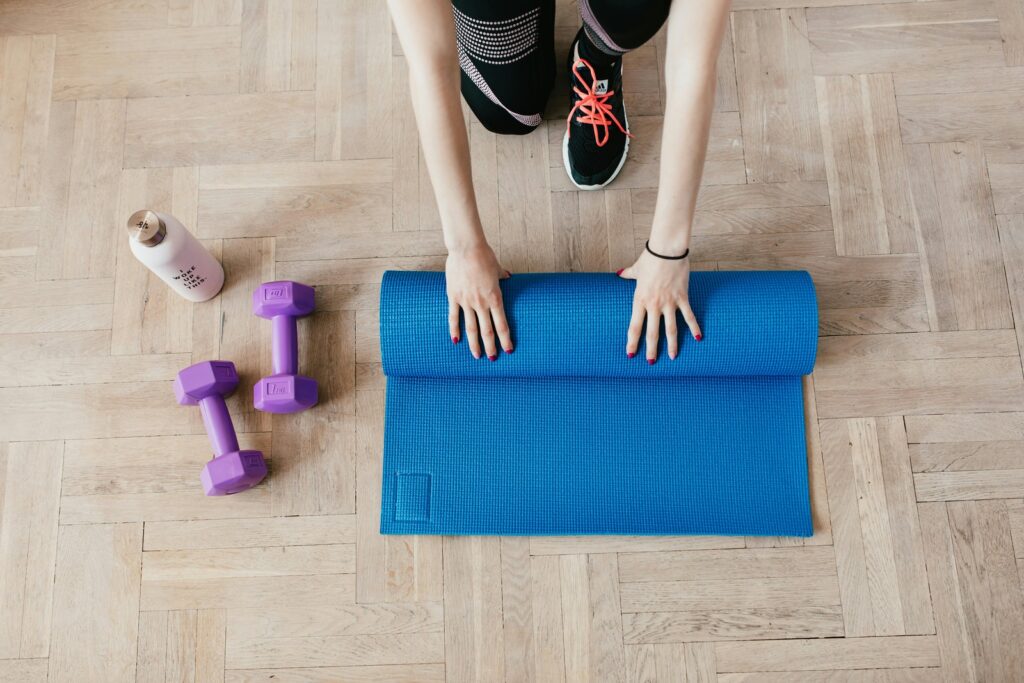
A garden gym room provides a unique and inspiring atmosphere for your workouts.
Surrounded by nature, you’ll have the opportunity to breathe in fresh air and soak up natural light while breaking a sweat. No more stuffy, crowded gyms or long commutes to workout facilities – your garden gym room is just steps away from your home.
Setting up a garden gym room can also add value to your property, it can serve as a personal gym and multi-functional space for other activities such as yoga or meditation.
Design Ideas for Garden Gyms

Crafting the Perfect Layout
One of the first steps in your garden gym project is to plan the layout effectively. Take into account your available gym space and your workout needs:
- Ergonomics and Flow: Ensure that there’s ample space for moving around and between equipment. Your design should promote a logical and safe flow for your exercise sessions.
- Zoning: It may be beneficial to create distinct activity zones within your gym. A yoga or stretching area, a strength training section, and a cardiovascular space can make your gym versatile and functional.
- Multi-Functionality: Opt for equipment that serves multiple purposes to make the most out of limited space. Think adjustable benches, multi-gyms, or all-in-one home workout stations.
- Shower Room: If you have the space and budget, consider incorporating a shower room into your garden gym design. This will allow you to freshen up after sweaty workouts without having to go inside your house.
Equipping Your Garden Gym Room
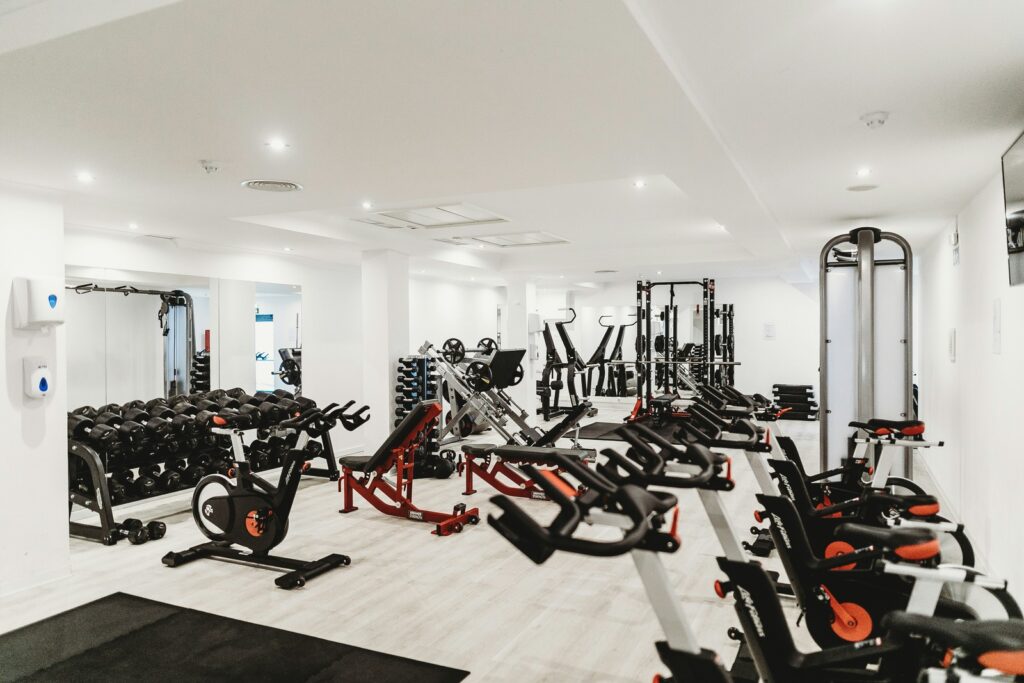
Selecting the right gym equipment is crucial to a successful home fitness space. Here are a few pointers to guide you:
- Core Equipment: Identify your staple pieces, such as a treadmill or stationary bike, that will be the focus of your workouts.
- Personal Training Needs: If you follow specific fitness programs that require unique gear, prioritize these items in your setup.
- Aesthetics and Space Saving: Look for equipment that not only fits with the space but complements the overall style of your garden room.
- Hot Tub: Consider adding a hot tub to your garden gym room for some post-workout relaxation and recovery.
Lighting and Ventilation Solutions
A well-lit and well-ventilated gym can greatly enhance the exercise experience:
- Natural Light: Where possible, make use of natural light to create an open and airy feel.
- Artificial Lighting: For evening workouts or overcast days, invest in good-quality LED fixtures that mimic natural light to reduce eye strain and create the right workout ambiance.
- Ventilation: Whether it’s through air conditioning or windows that allow for cross-ventilation, ensuring your gym has good airflow is essential for comfort and health.
- Insulated Garden room: Proper insulation will keep your gym at a suitable temperature, whether it’s hot or cold outside. This can also help with energy efficiency and soundproofing.
- Double glazed windows: If your garden room has windows, consider double glazing for added insulation and noise reduction.
- Air Conditioning: For climates that are consistently hot, air conditioning may be necessary to maintain a comfortable workout environment.
Functional Spaces
Creating Versatility in Your Workout Area
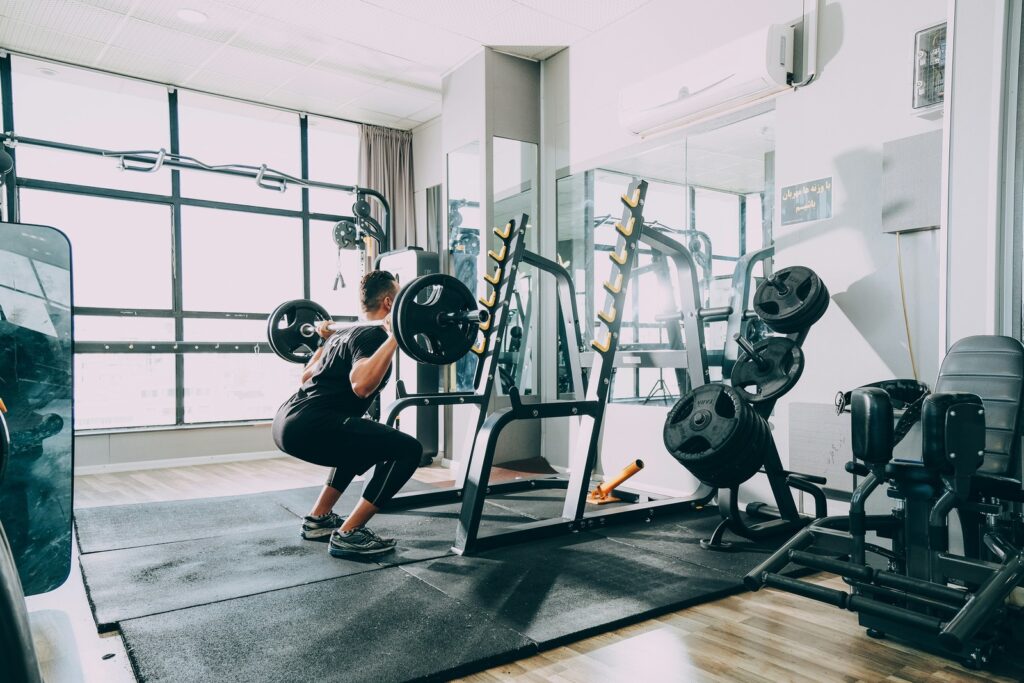
A garden gym should cater to a variety of fitness activities:
- Large Open Area: Having a space that can easily transform from yoga studio to HIIT circuit is essential for a functional workout space.
- Modular Furniture: Consider movable and collapsible furniture to quickly adapt your space to changing workout routines.
- Flooring Options: Durable, non-slip flooring is a must-have. Options range from rubber mats for weightlifting areas to hardwood floors for easy cleaning in yoga or general exercise spaces. Reinforcing floors for heavy weights is also crucial.
- Mirrors: Strategic placement of mirrors can make your gym space appear larger and allow for proper form checks during workouts.
Making the Most of Your Garden Room Space
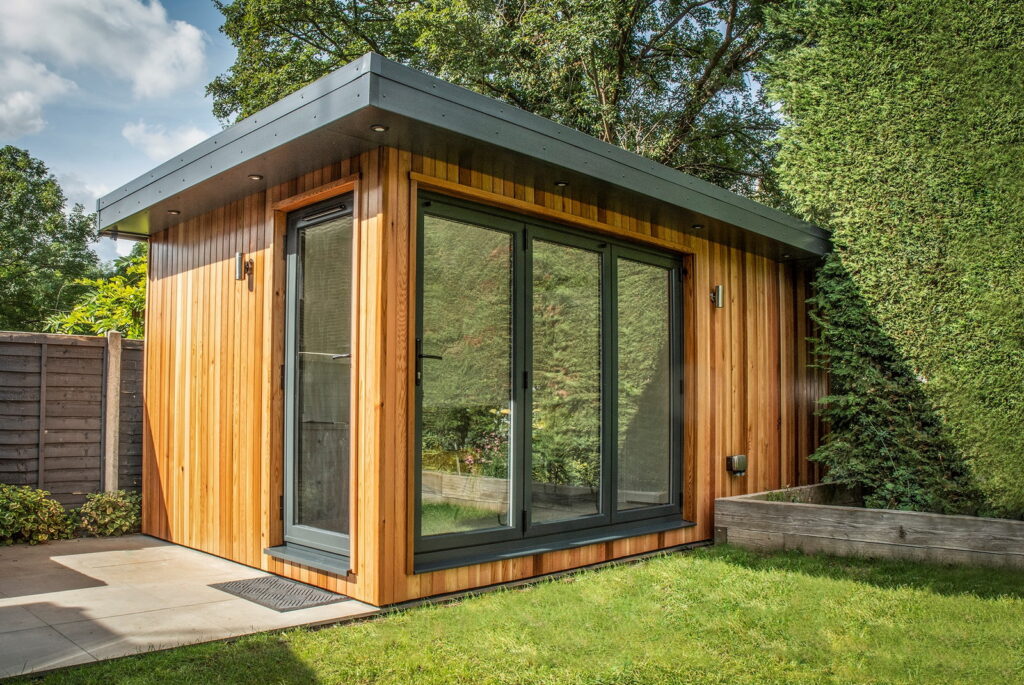
With careful planning and creativity, you can transform a traditional garden room into a multipurpose workout area that energizes and invigorates. By utilizing natural light, strategic equipment
Storage Solutions
An organized garden gym not only looks better but also makes for a more enjoyable workout:
- Built-in Storage: Use the walls and corners to install shelving, wall hooks, or even nooks for specific equipment.
- Mobile Storage: Wheeled bins or storage racks can keep your garden room gym flexible and allow for quick reconfiguration.
- Visibility: Keep commonly used items at eye level or within easy reach, while potentially less-frequented items can be stored higher or lower.
Personal Touches for Motivation

The little details can go a long way in keeping you motivated to work out:
- Framed Inspirations: Hang motivational posters or quotes on the walls to inspire you during your sweat sessions.
- Aesthetic Equipment Display: Consider the arrangement of your gym equipment as a form of art that reflects your dedication to fitness.
- Music and Media Set-Up: Have a system in place for tuning into your favourite workout playlists or streaming exercise classes.
Make your garden gym private and personal for your needs and for all year round use.
Whether it’s a small shed or a fully-fledged garden room, your new garden gym has the potential to be your ultimate workout sanctuary.
Benefits of a Garden Gym Building

The primary benefit of a garden gym rooms is the convenience:
- Time-Saving: Eliminate the need to travel to a gym, reducing the time investment needed for fitness.
- Privacy and Focus: Work out without the distractions often present in public gyms, leading to more concentrated training sessions.
- Family and Multi-Use Space: A garden room gym can also serve as a communal space for family members to enjoy different activities.
- Cost Savings and year round use: Investing in a garden gym room may save you money on gym memberships in the long run and can be used all year round, regardless of weather conditions.
- Improved Mental Health: Regular exercise has been shown to improve mental health by reducing stress, anxiety, and depression. With a home gym just steps away, it’s easier to make fitness a regular part of your routine.
Connection with Nature
Exercising in a garden room gym allows for a unique connection with the outdoors:
- Mental Health Benefits: The tranquil setting can support stress reduction and mental well-being.
- Seasonal Versatility: Enjoy the changing seasons without compromising on your fitness routine.
- Motivation from Nature: The natural environment can provide a soothing backdrop and help maintain motivation.
Property Value Enhancement
Investing in a garden room gym can add value to your property:
- Increased Desirability: Homebuyers are increasingly looking for homes with dedicated fitness spaces.
- Flexible Space: Should you decide to sell, a multi-use garden room is an attractive feature that appeals to a wide range of potential buyers.
- Return on Investment: While costs vary, a well-designed garden room gym is often seen as a valuable addition.
The Future of Garden Rooms as a Home Gym
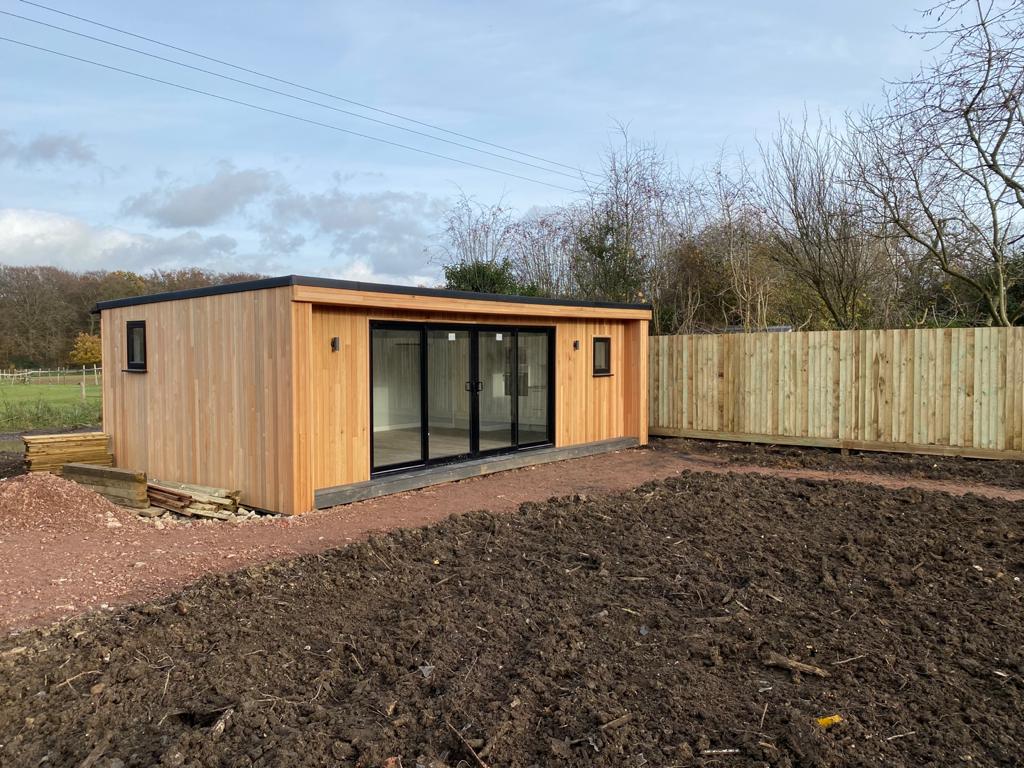
As home fitness continues to grow in popularity, the demand for garden rooms as workout spaces is increasing. With advances in technology and design, garden gyms are becoming more versatile, energy-efficient, and aesthetically pleasing.
Consider investing in a garden room gym to elevate your exercise experience and enjoy the convenience, connection with nature, and added value it can bring to your home.
Cost of adding a Garden Gym Building
The cost of building a garden gym room varies depending on several factors:
- Size: The size and design of your desired garden room will significantly impact the overall cost.
- Materials: The type and quality of materials used can affect both the upfront and long-term costs of your garden gym.
- Location: Labour costs may vary depending on your location and accessibility of the construction site.
- Features: Additional features such as insulation, heating/cooling, and electrical installations will add to the overall cost.
It’s essential to research local building codes and consult with professionals before embarking on a garden home gym project to ensure you stay within budget. However, the long-term benefits and added value may outweigh the initial investment.
What size Garden Room Buildings are best for a home Gym?
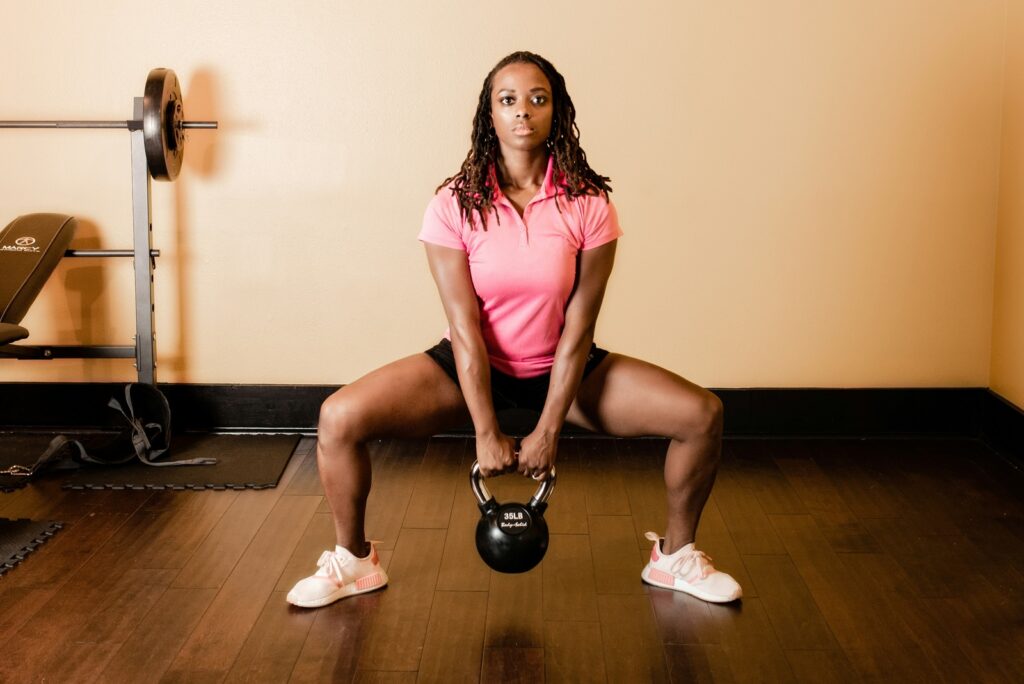
The ideal size for a garden room building to use as a home gym will depend on:
- Type of Exercise: Consider the type of workouts you plan on doing in your gym space. If you primarily do bodyweight exercises or yoga, you may not need as much space as someone who wants to incorporate weightlifting equipment.
- Number of Users: How many people will be using the gym at once? If it’s just you, a smaller space may suffice. However, if multiple family members or friends will be working out together, a larger room would be more suitable.
- Additional Functions: Will your garden gym also serve as a relaxation space, hobby room or home office space? If so, you may need to allocate more square footage for
Planning Permission for Your Garden Gym

In most cases, you will not need planning permission to build a garden gym as long as:
- Size: The building does not exceed 50% of your total garden space.
- Height: The height of the building does not exceed 2.5 meters (3 meters if it has a pitched roof).
- Location: The garden room is not located in a conservation area or within the curtilage of a listed building.
It’s essential to check with your local authorities and consult a professional before beginning construction. Failing to obtain necessary planning permission could result in hefty fines or legal issues down the line.
Conclusion
The transition from a passive insulated garden room to an active garden gym is not only possible but can be deeply rewarding.
By carefully considering the design elements, the functional spaces, and the personal touches, you can create an inviting atmosphere that encourages consistent exercise.
With numerous benefits that extend to your physical and mental health, as well as the added value to your property, now is an outstanding time for garden room owners to think outside the walls and into the world of home fitness possibilities.
